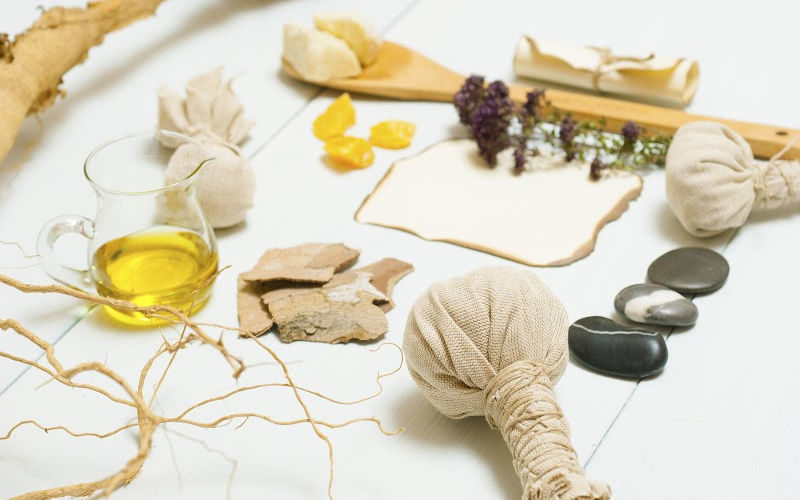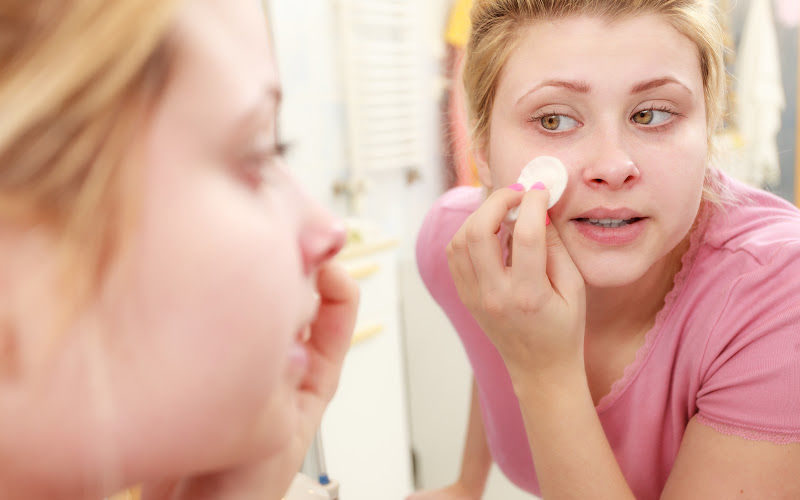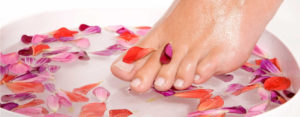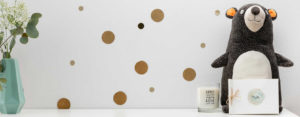how to use olive oil as makeup remover

As we learn more about the moisturizing, balancing, anti-inflammatory and complexion brightening properties of various plant-based oils, we see them emerge in more and more beauty products. Case in point: cleansing oils.
Our skin collects dirt and debris throughout the day. Cleansing oils is great way to remove those impurities along with the makeup.
Oil cleansers can also balance sebum production while softening and hydrating the skin without affecting natural oils.
People often use cleansing oils as a part of a two-step face cleansing routine:
- First use the oil cleanser to remove makeup and impurities.
- Next, use a gentle foaming wash or milk-based wash to remove the oil.
This two-step facial cleansing helps skin feeling fresh and ready for the next steps in your skincare routine.
Keep in mind that oil works to pull impurities from the skin and pores as opposed to clogging them. So all skin types can benefit from a cleansing oil chosen specifically for their skin type- even oily or acne-prone skin.
The best part is you don’t have to go out and purchase expensive cleaning products – you can make your own cleansing oil right at home!
Make Your Own Cleansing Oil

For best results, mix of 2-3 different oils based on your skin type. They will work together to remove makeup while providing other benefits to your skin.
There are so many different plant-based oils out there, with their own unique properties. So whether you’re looking to hydrate, combat acne or prevent age related issues, there is an oil for your skin goal.
Usually a cleansing oil contains Castor oil as a base due to its antibacterial and astringent properties. A great replacement for castor oil is the olive oil, which you most likely have in your kitchen.!
Olive oil is a great mix for your makeup removing cleansing oil for any skin type. However, grapeseed or hemp seed oil is a better substitute for acne-prone or oily skin types.
How Much Oil You Need For Your Skin Type
How much oil you need will depend on the vessel you plan to store it in, but in general the ratio would look like this:
- Normal skin: Equal parts castor oil and complementary oil
- Dry skin: 1/3 castor oil and 2/3 complimentary oil
- Oily skin: 2/3 castor oil to 1/3 complimentary oil
How to Use Cleansing Oil
Cleansing oils are truly easy to use and to incorporate into your nightly skincare routine:
- Starting with dry hands and a dry face
- Take a few drops on your fingertips and massage over the face and eye area. Use gentle, upward motions for about a minute.
- Then, wet your fingers and continue working the oil into your skin. This allows the oil in the cleanser to pull the impurities from your skin, including your makeup, sunscreen, and any excess oil.
- When you’re finished, rinse with warm water, or use wet washcloth to remove the oil from your skin.
- Use your regular face wash to wash off any oil residues and give your face a final rinse with cool water.
- Pat (don’t rub!) skin dry with a clean towel.
- If you need to remove any eye makeup, you can use a few drops of your oil cleanser on a cotton round and quickly swipe over eyes and lashes.
Give this cleansing oil a try for clean, nourished and glowing skin before bed. You will wake up the next morning with extra soft skin. If you’re up for more DIY skin care, try to make your own homemade deodorant that actually works!
Things to Consider when using olive oil on your face:
According to mgb Beauty Director, Alexandra Engler and Keira Barr, M.D., It is possible that olive oil can cause pores to clog for some people while it may be perfectly safe for others since everyone’s skin is unique and responds differently to the various ingredients. But don’t worry of you are currently using olive oil on your face with no issue, it’s ok to continue using it.
They also noted that using olive oil as a makeup remover oil or general cleansing oil usually not much of concern since it is followed by face wash or face soap to remove oils and dirt.
However, before applying your cleansing oil on a large area of your skin, always try it on a tiny area first.








